
Lamp Shades: The Ultimate Glossary of Lamp Shade terms
Search
See also our main lamp shade article for more lamp shade topics.
Get to know your lamp shade
When it comes to lamp shades, the variety of styles, materials, and fittings can make choosing the right one feel confusing.
This alphabetical glossary breaks down the key terms related to lamp shades, offering clear explanations and helping you make more informed decisions. Feel free to contact us if you have any questions.
Bell Shade

A bell shade features elegantly curved sides, flaring out from a narrow top to a wider bottom. The shape resembles a bell, making it a popular choice for traditional and Victorian-style lamps. Bell shades provide soft, diffused lighting and complement ornate bases like crystal or brass.
A bell lamp shade is similar to an empire lamp shade, where the sides are sloped and the top is smaller than the bottom. The difference is that the sides are curved inwards. A bell shade could be a round shape when viewed from above, or a square, or other shapes. Most common is the round bell shade.
Chimney Shade
Chimney shades are tall and cylindrical, made to fit over glass chimneys on hurricane lamps or oil lamps. The glass chimney helps protect the flame or bulb from drafts, while the fabric or glass outer shade adds an extra decorative element.
These are appropriately called a chimney because they act to funnel heat up away from the light source. When these were used in similar lamps such as oil burning lamps, they would also funnel fumes up and away.
Clip-On Fitter

A clip-on fitter allows a lamp shade to attach directly to the light bulb. It is common in smaller shades, such as those for chandeliers, and is available in two sizes: one to fit standard bulbs and another for candelabra bulbs.
Clip-on shades are easy to swap out and install, making them popular in smaller fixtures. The clip literally grips onto the light bulb itself so that a more elaborate fitter is not needed. The light-weight nature of these fitters means the lamp shade must remain small so as not to damage the bulb.
Coolie Shade

A coolie shade features dramatically sloped sides, with a top diameter that is much smaller than the base. This is often in a 1:3 or 1:4 ratio where the top can be as much as 3 or 4 times smaller than the bottom.
This design channels most of the light downward, making it ideal for task lighting. It is often used on table or floor lamps in minimalist or mid-century modern interiors. It gives a sleek look and works well with narrower lamp bases.
Cylinder/Drum Shade

Cylinder and drum shades feature straight, vertical sides. The primary difference between the two is their proportions. Drum shades tend to be shorter and wider, while cylinder shades are taller and slimmer.
Both styles are versatile and work well in contemporary settings. The straight sides and square-like look forms a simple geometric shape, and so lends itself to less ornate lamp bases. They are also popular for use in modern light fixtures.
Empire Shade

The empire shade is a classic shape with a wider base and a narrower top, typically in a 1:2 ratio. Its steep, sloping sides give it a clean and elegant appearance, often used with traditional table lamps and floor lamps.
The sides of the empire shade are usually flat and the view from the top reveals typically a round circular shape. This classic lamp shade shape is used widely and works with a variety of lamp bases.
Finial

A finial is a decorative cap placed at the top of a lamp to secure the shade to the harp. The harp is a wire fitting that extends up around the light bulb with a screw thread on top. The lamp shade rests on top of this and is then secured in place by the screw-on finial.
Finials are available in various materials like metal, crystal, or wood and come in many styles, from sleek modern designs to ornate Victorian patterns. You can also find playful and whimsical finials such as sports balls and Christmas ornaments, which make it easy to customize your lamp throughout the year.
Fitter

A fitter is the mechanism that connects the lamp shade to the lamp base. It usually is integrated as part of the frame of the lamp shade itself, and either sits on top of a harp or is attached below the bulb. There are several types of fitters:
- Spider Fitter: Resembles a spoked wheel and attaches to the harp with a finial.
- Uno Fitter: Has a large center opening and rests directly on the socket.
- Slip Uno Fitter: Sits on the socket without threading.
- Threaded Uno Fitter: Screws onto the socket, often used in downward-facing fixtures.
- Clip-On Fitter: Clips directly onto the bulb, common in chandeliers and sconces.
Floor Shade

A floor shade is larger and steeper in slope than table lamp shades, making it proportional to tall floor lamps. Floor shades often resemble empire or coolie styles but feature deeper dimensions to suit large fixtures.
Since the floor lamp is very tall with sweeping upward movement, it is ideal for the shade to also have a more vertical appearance at the sides. A drum shade or a floor shade is ideal, whereas an empire or bell shade can look too flat or pointed.
Frame

The frame of a lamp shade refers to its inner metal structure, which gives the shade its shape. It extends inward toward the center to connect with the fitter. Some shades feature collapsible frames for easy transport and storage.
Frames are usually made from various metals providing sturdy structures and long life. The fitter is integrated into the frame, allowing the lamp shade to extend inward to where it can meet the light bulb area. The frame is covered in various materials to shade your eyes from glare.
Gallery

A gallery refers to the decorative band or trim around the top or bottom edge of a lamp shade. It can include tassels, beads, or other embellishments and adds texture and character to the shade’s profile.
Somewhat like a 'viewing gallery', it sections off a portion of the shade to give it extra attention and treatment. It adds a decorative touch of elegance and often is more suited to traditional or classic styles.
Gimp
Gimp is a decorative braid used to trim the edges of a lamp shade. It adds a polished, finished look while protecting the edges from fraying. Gimp can appear in patterns like loops or figure eights and is often used on traditional or vintage-style shades.
The color and style of the gimp may or may not match the style of the rest of shade, depending on the overall design goals.
Hardback Shade

A hardback shade is reinforced with a stiff backing material. This is usually plastic or styrene and sits behind the fabric outer cover. This gives the shade structure and ensures it retains its shape over time.
Hardback shades are more durable and provide a cleaner light output by eliminating shadows from the inner frame. It also blocks more light and concentrates more of the light out through the top and bottom of the lamp shade, which can help to make the light appear brighter below the lamp.
Harp

A harp is a U-shaped metal support that connects the lamp base to the shade. When the shade has a spider fitter, it sits on top of this harp and is secured by a finial.
Harps come in various heights, typically between 6 to 12 inches, and allow you to adjust the fit of the shade. A finial secures the harp to the top of the shade. For uno fitter shades a harp is not needed because the uno fitter extends the shade frame all the way to the lamp socket.
Jacquard
Jacquard refers to a decorative fabric with raised patterns, often featuring floral or scroll designs. The intricate weave adds texture and dimension, making it a popular choice for traditional lamp shades.
Lining

A lining is the inner material applied to the inside of a lamp shade. Linings can enhance light diffusion, reflect light, or maintain the outer fabric’s appearance. They also allow the outer fabric of the lamp shade to have less influence over the color of the light.
Metallic linings, like gold or silver, reflect light, while fabric linings diffuse it softly. A lining might also be in a white fabric designed to reflect and soften light. Note that gold-lined lampshade will radiate a warmer more golden-looking light color.
Oval Shade

An oval shade has a more elongated shape when viewed from above. These shades are ideal for narrow spaces or rectangular tables, offering a subtle alternative to the traditional round shade.
Since the oval shade has different dimensions from left-to-right as from front-to-back, extra measurement are needed for proper definition.
Piping/Ribbing
Piping refers to fabric-wrapped cords or tubes that run along the edges of a lamp shade. It helps conceal seams and adds structure, giving the shade a refined, finished look.
Ribbing may also run vertically along the sides to accentuate the shape or be used as a design element to create patterns.
Pleated Shade

Pleated shades feature fabric that folds back on itself in regular patterns, creating texture and visual interest. Styles vary from small, tight pleats to large, fan-like folds.
Pleated shades work well in both traditional and modern settings, depending on the pattern and also on whether the folds are very firmly defined (ie strong edges) or whether they are more softly folded with gentle loops.
Reflector Bowl

A reflector bowl is a glass or metal dish that sits below the bulb to diffuse and direct light upwards. These bowls are often used in table and floor lamps to reduce glare and create ambient lighting.
Reflector bowls are used much less often nowadays because lamp shades have become better at directing and filtering light, plus they add extra cost and maintenance.
Riser

A riser is a small metal piece used to raise the height of a shade. It screws into a harp, allowing you to fine-tune the vertical positioning of the shade.
This is especially useful when changing shades without replacing the harp. Replacement haps are available with different heights, but if your harp is a little short, attaching one or two shade-risers may be all that you need to raise the shade up.
Scalloped Shade

A scalloped shade has a decorative, wavy edge along the top or bottom. This detail adds a soft, flowing look, making the shade ideal for romantic or vintage interiors.
The scallops may be accented with tassels or other decorative elements.
Shantung
Shantung is a fabric with a slightly rough, nubby texture, often made from silk or synthetic fibers. It offers a luxurious look and is frequently used in high-end lamp shades.
When examined closely you'll see that some of the threads appear to be thicker than others, and some may appear a little more bumpy. So it breaks up the totally smooth surface and adds some visual texture.
Slant Height

Slant height refers to the diagonal measurement from the top edge of the shade to the bottom edge. This measurement helps ensure the shade is properly proportioned for the lamp base.
We use slant height to measure the "height" of lamp shades because it describes the length of the side of the lamp shade taking into account its slope. This gives a more normalized measurement across a wide variety of shade shapes.
Socket

The socket is the metal component on the lamp base that holds the bulb. Many shades use the socket as an attachment point for a fitter, such as a threaded Uno fitter or a harp.
Light bulbs screw or slot into the socket which then holds them in place and provides the electrical supply.
Square/Rectangular/Octagonal Shades

These shades offer geometric shapes that add a modern or eclectic touch to a lamp. Square and rectangular shades are ideal for contemporary spaces, while hexagonal shades add visual interest.
Note that a shade with more sides is likely to cost a little more due to the extra materials and complexity of the design.
Trim

The trim of a lamp shade refers to the material used to finish its edges. It can be simple piping or elaborate gimp, adding style while protecting the edges from wear.
The trim can also disguise stitches and seams to create a more appealing finish.
Continue reading about lamp shades
Using lamp shades with light fixtures
How to attach a lamp shade to a lamp
How to measure lamp shades for a perfect fit
Matching a lamp shade to your lamp base
Lamp shade materials colors textures and patterns
Light bulb heat and lamp electrical safety tips
How to clean and repair lamp shades
How to create a custom DIY lamp shade
Explore Topics

Table of Contents
Lamp Shades: The Ultimate Glossary of Lamp Shade termsGet to know your lamp shadeBell ShadeChimney ShadeClip-On FitterCoolie ShadeCylinder/Drum ShadeEmpire ShadeFinialFitterFloor ShadeFrameGalleryGimpHardback ShadeHarpJacquardLiningOval ShadePiping/RibbingPleated ShadeReflector BowlRiserScalloped ShadeShantungSlant HeightSocketSquare/Rectangular/Octagonal ShadesTrimContinue reading about lamp shadesCommentsShopping Ideas
Trending
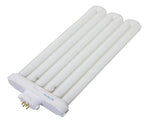


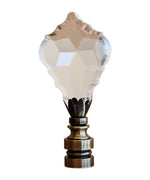
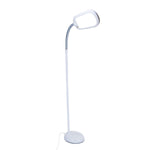

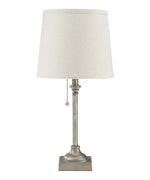




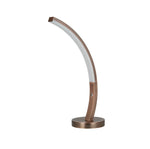

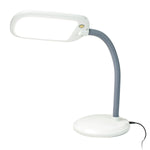
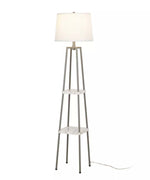




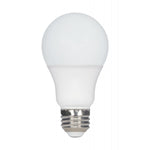







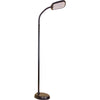



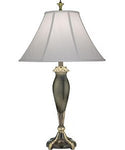

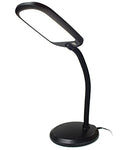


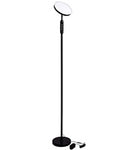
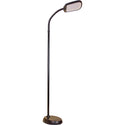
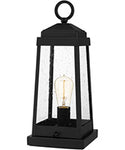
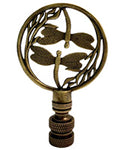
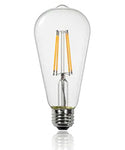
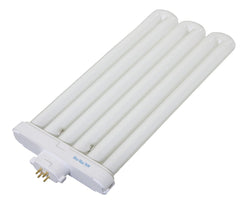
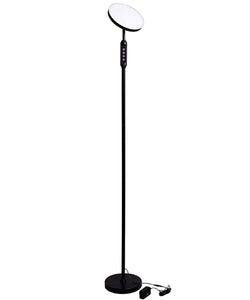
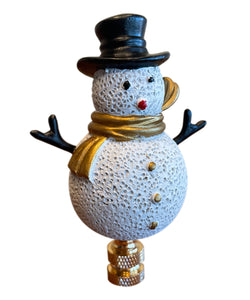
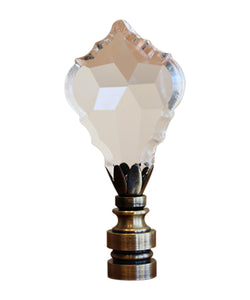
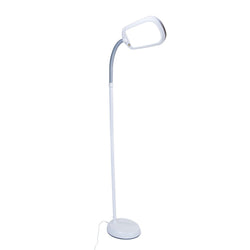
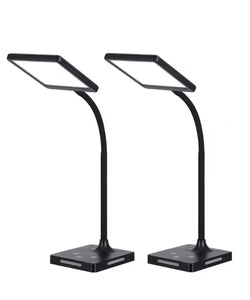

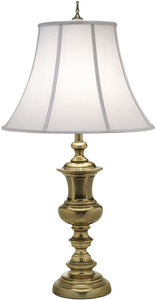
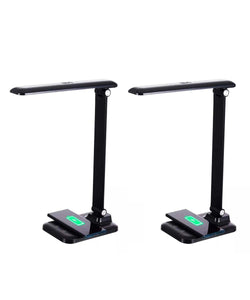
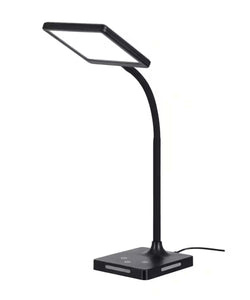
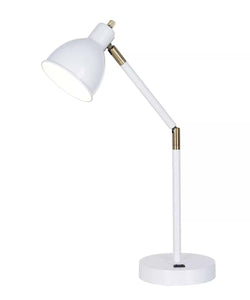



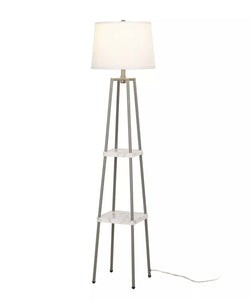
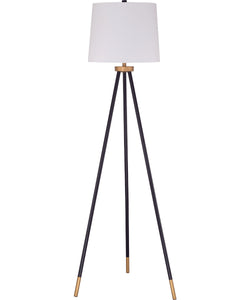



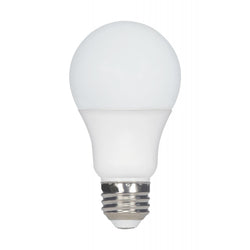
Comments